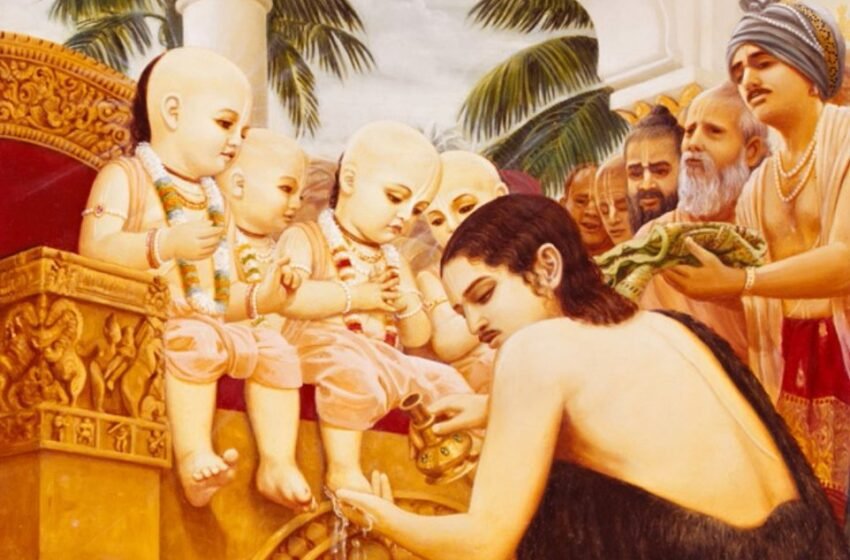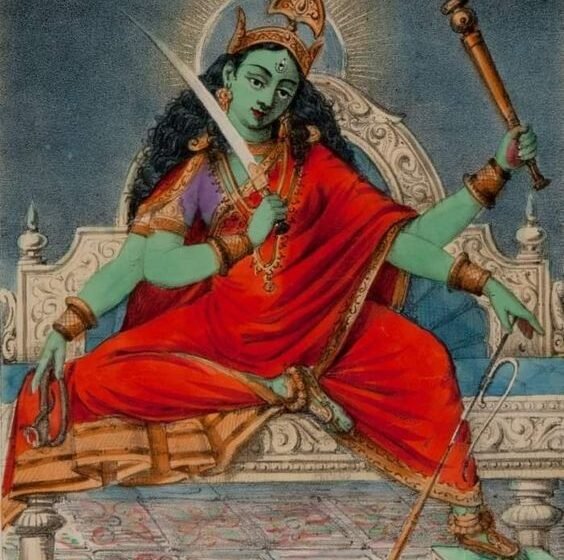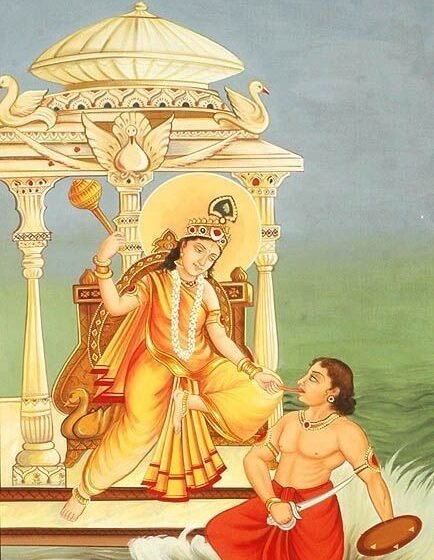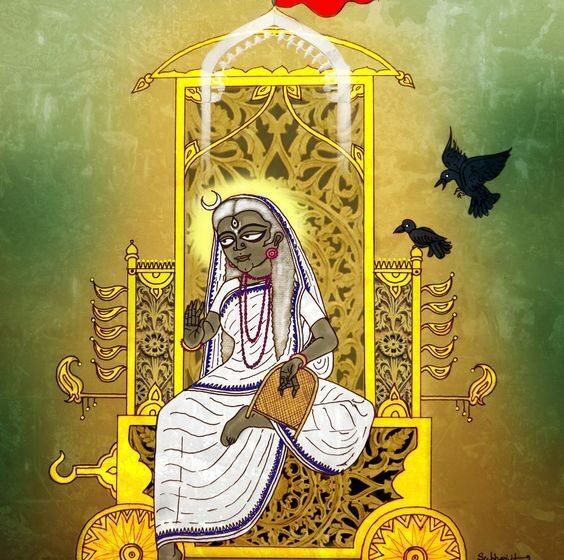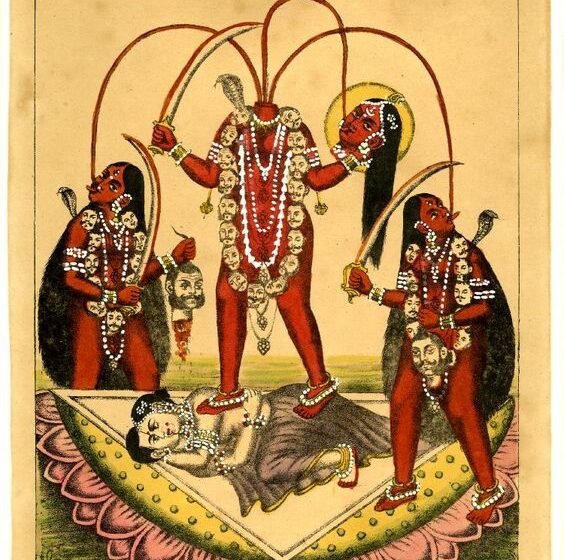Exploring the Spiritual Splendor of Omkareshwar Jyotirlinga: A Journey to
One of the oldest and most revered Hindu temples in India is the Omkareshwar Temple, also referred to as the Omkareshwar Jyotirlinga. This temple, which is situated on an island in the Narmada River, is a vital destination for devotees of Lord Shiva and is revered by millions of people. Hindu mythology and legends play […]Read More

